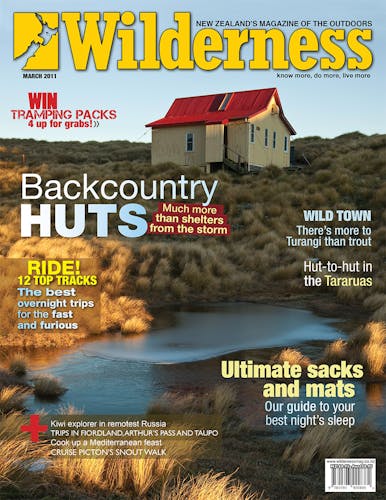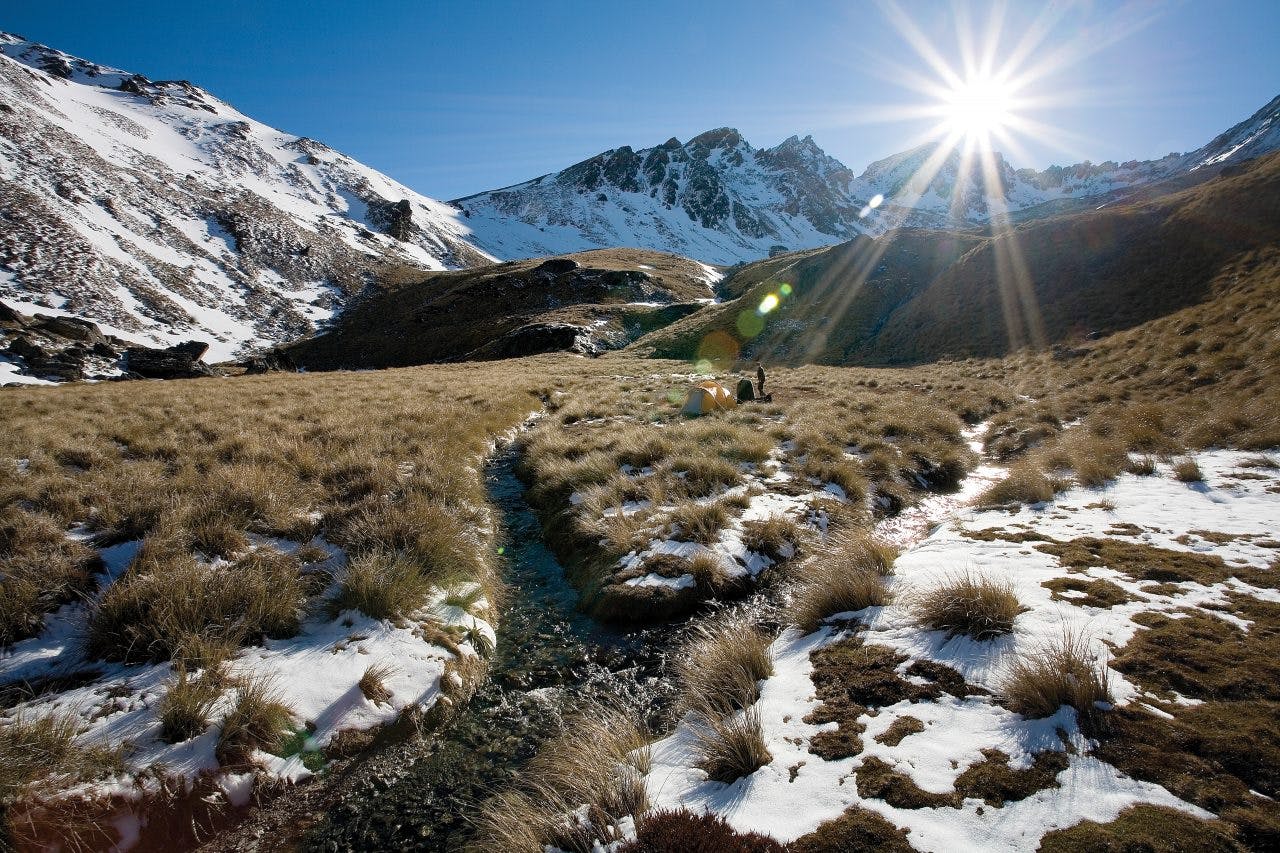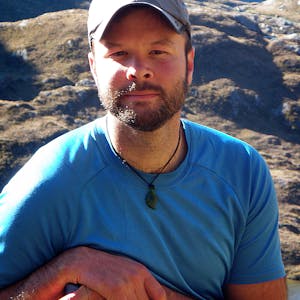Naming places can be highly emotional or utterly pragmatic and often tempers can flare
Lord Halifax once said: “A man that should call everything by its right name would hardly pass the streets without being knocked down as a common enemy.”
It’s been well over half a century since he said that, but not much has changed. Applying words to things is a hellish job. Don’t be fooled into thinking they’re just benign labels, your average noun comes packed with implication, weighed down with history and shrouded in context.
Spare a thought then for the good folk at the New Zealand Geographic Board whose responsibility it is to decide on the official names for the major geographic features: the mountains, rivers, lakes and seas of our beloved Aoteoroa.
Wendy Shaw, secretary for the NZGB says that although the vast majority of naming decisions – 15,000 or so since 1946 – go by pretty harmoniously, a few cause tempers to flare.
“People get very, very passionate about what they identify with, how they’ve always known it and whether it’s spelt right,” she says. “We’ve had death threats – I have had death threats. We don’t really take them seriously.”
It seems the crux of the problem is, when you give anything a name what you’re really doing is describing your relationship with it. The clichéd example is a guy with a gun, whether you call him a terrorist or a freedom fighter doesn’t really say much about him, but it speaks volumes about your relationship with him.
Likewise for New Zealand’s landscape; the names we give its features describe how we feel about it. But of course the problem is, that’s different for everyone. For some it’s a playground, for others it’s a workplace, for others it’s a temple and for a few it’s scary sandfly-infested wasteland that’s best avoided.
To make things even more complex, those relationships change over time. The names the gold miners gave the Central Otago landscape – names like One Mile Creek, Two Mile Creek, Big Hill and Sandfly Bay – showed their pragmatic view of the land. It seems for many of them it was little more than a husk to be removed to access the gold.
Despite the dramatic shift in our relationship with the landscape, the NZGB is reluctant to change names for the simple reason that with 25,000 recorded place names so far – which are distributed through an almost infinite array of maps, books and signage – opening up place names for revision unless it’s absolutely necessary would be a recipe for chaos.
“Generally we won’t re-name something unless the existing name is a source of confusion or if they’re highly offensive,” says Shaw. And that even goes for place names like the politically incorrect Nigger Peak, Nigger Hill and what Shaw describes as “unusual names inspired by peoples’ anatomy”.
When you start to scrutinise names you immediately see how much things have changed over the years. Back when New Zealand was young, explorers naming a comely peak after a loved one (sometimes themselves) wasn’t unusual. But these days that’s frowned upon. In fact the NZGB flatly refuses to name features after living people.
A recent proposal to have a newly formed lake on the Young River near Makarora named after helicopter pilot Harvey Hutton – who first sighted the feature – was rejected based on the simple fact that he’s still breathing (and presumably his conviction for pinching 20 tonnes of pounamu from Ngai Tahu didn’t help).
However, says Shaw, “nothing is ever black and white with naming. While you have guidelines, rules and criteria there are always exceptions.”
For instance, she says, in New Zealand’s Antarctic territory the ‘no living persons’ rule doesn’t exist. “In Antarctica we were basically running out of names we could use, so we made the decision in 1995 to allow them.
“That’s because the depth of history of people is not as great as it is in this country and also when you’re looking at descriptive names, it’s a bit limited as to the number of windy snowy, icy, white and cold peaks you can have.”
In essence, how a country names its landmarks is an indicator of its cultural depth. As New Zealand’s culture has developed we’ve moved away from names as simple waypoints to using them to signify our collective relationship. But as culture gets deeper, things don’t necessarily get easier – especially when there’s an overlap of cultures.
For instance Shaw says: “With the fall of [South Africa’s] apartheid regime, many of the, shall we say ‘white names’ were replaced by the original indigenous African names. That’s been hugely controversial. The way it’s been done hasn’t been consultative and has caused lots of confusion.”
Likewise an Israeli proposal to change a collection of names in the Gaza strip from Arabic back to Hebrew went down like a lead balloon with the Palestinians. “It’s a wonder there wasn’t a major international incident over it,” Shaw said.
And in Asia, the sea between Japan, North Korea and South Korea; known as the East Sea, East Sea of Korea or the Sea of Japan – depending on which coast you stand – has been a topic of acrimonious debate for decades.
It’s certainly an interesting thought to keep in mind next time you pull out the map and ask ‘where are we?’. The only thing that’s black and white about the names you’re reading is the ink.








